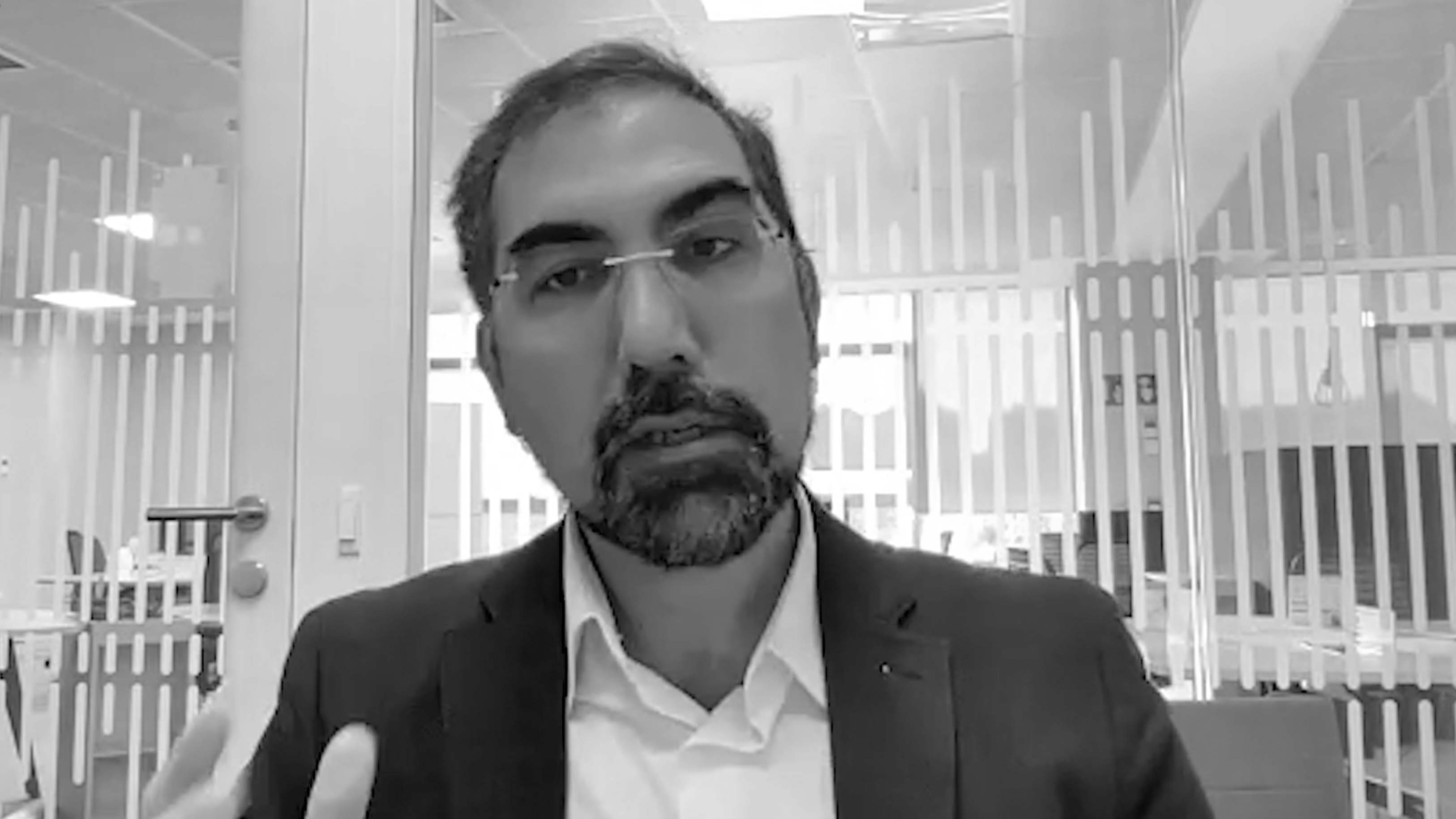If processes that can be automated remain analogue, companies in dynamic environments quickly lose touch.
Digital transformation without automation is not only difficult to imagine, it’s impossible to do; in constantly changing markets, automation is the only way for companies to be efficient and agile.
In addition to digitising business processes, companies must also automate them across applications, data and structures, as a foundation for digital transformation. Regardless of whether they are in their own data centre or in private or public cloud environments, if processes that can be automated remain analogue, companies in dynamic environments quickly lose touch.
Integrated vs isolated
The typical response today, drawing on the spirit of innovation and modernisation, is “Of course, all this is necessary and absolutely must be done – we’ll use RPA (robotic process automation) and AI.” Whilst not wrong, this approach runs the risk of creating an isolated solution.
Building your own RPA-based solution for each business process is very tempting – specific use cases can be automated quickly and easily. On the other hand, this creates a ‘wild growth’ of specialised automation solutions that will have to be further developed and maintained in the future.
Segmented and fragmented automation solutions therefore quickly reach their limits in highly volatile market environments, and no longer meet today’s requirements in the long term.
End-to-end automation
Using a solution that considers and controls workload automation end-to-end – across all applications, data and structures – and can also be embedded in the software development process and thus enables ‘automation via code’, we have come a clear step closer to achieving optimum efficiency and agility.
Far from being uninspiring or boring, automation solutions can overhaul a company’s operations – especially if that solution has been successful for over 30 years and is the global market leader. Control-M from BMC, for example, enables companies to automate their IT and business processes across applications, data and infrastructure not only in their own data centre, but also beyond. This type of solution offers robust and well-tested automation for all applications, data and infrastructures – from the mainframe to multi-cloud environments.
Benefits from employing Control-M or other workload automation solutions include:
- Accelerated production of new business applications, by integrating workflow orchestration into the CI/CD pipeline;
- Better and greater collaboration between development and operations, with the jobs-as-code approach;
- Simplified workflow across hybrid and multi-cloud environments with AWS, Azure and Google Cloud platform integrations;
- Faster achievement of data-driven goals through scalable management of big data workflows.
Find out more about NTT DATA’s partnership with BMC, the leading software company specialising in creating autonomous digital enterprises, here.
















